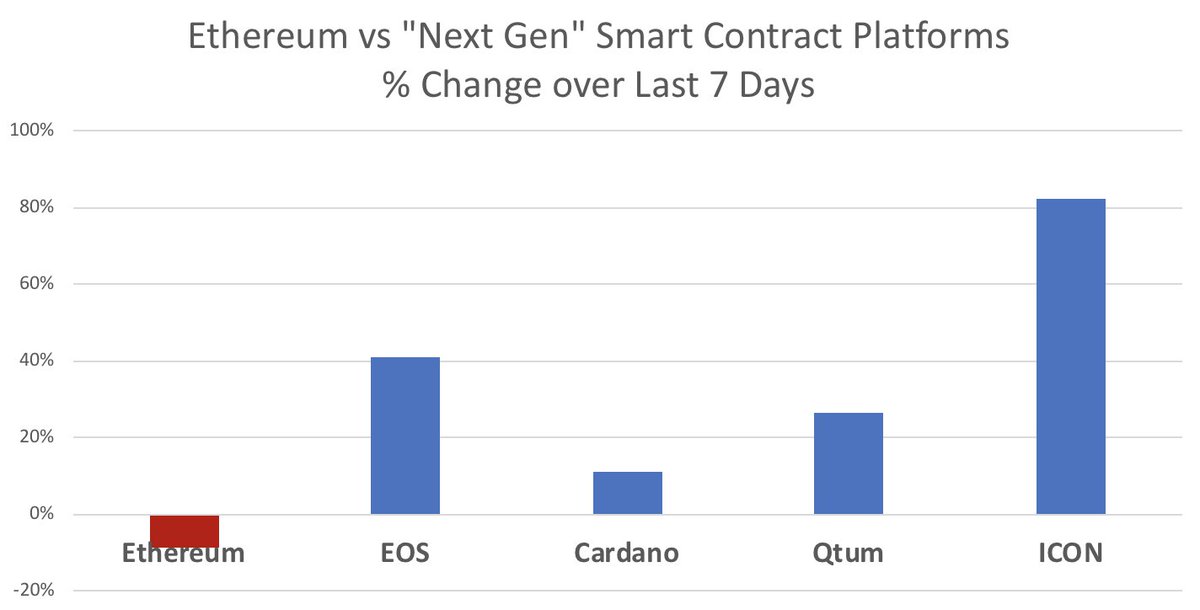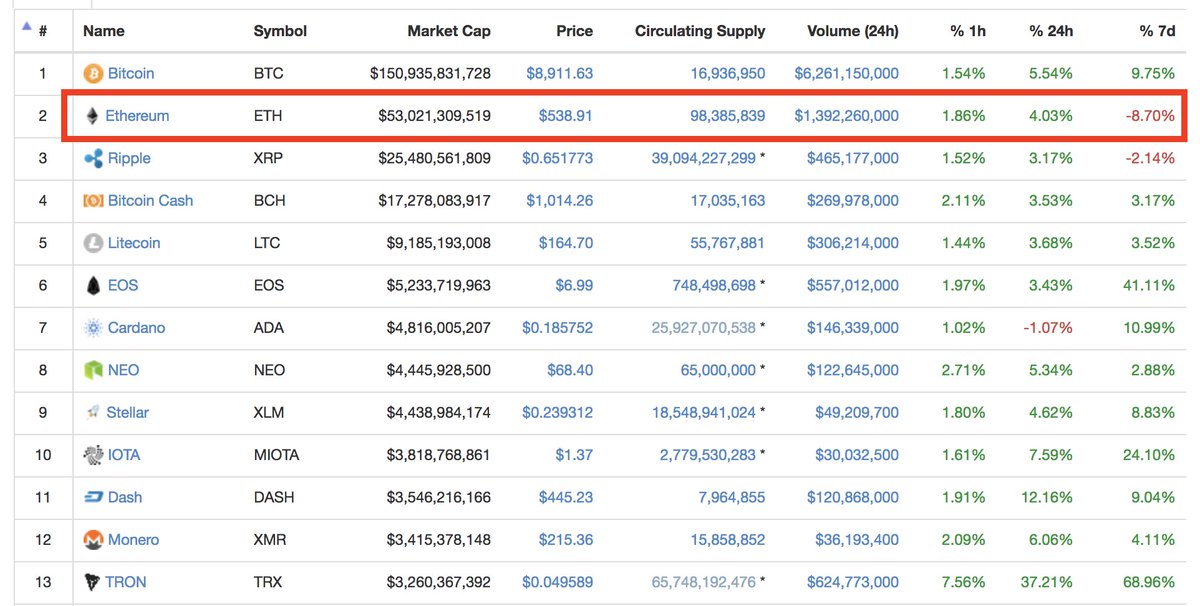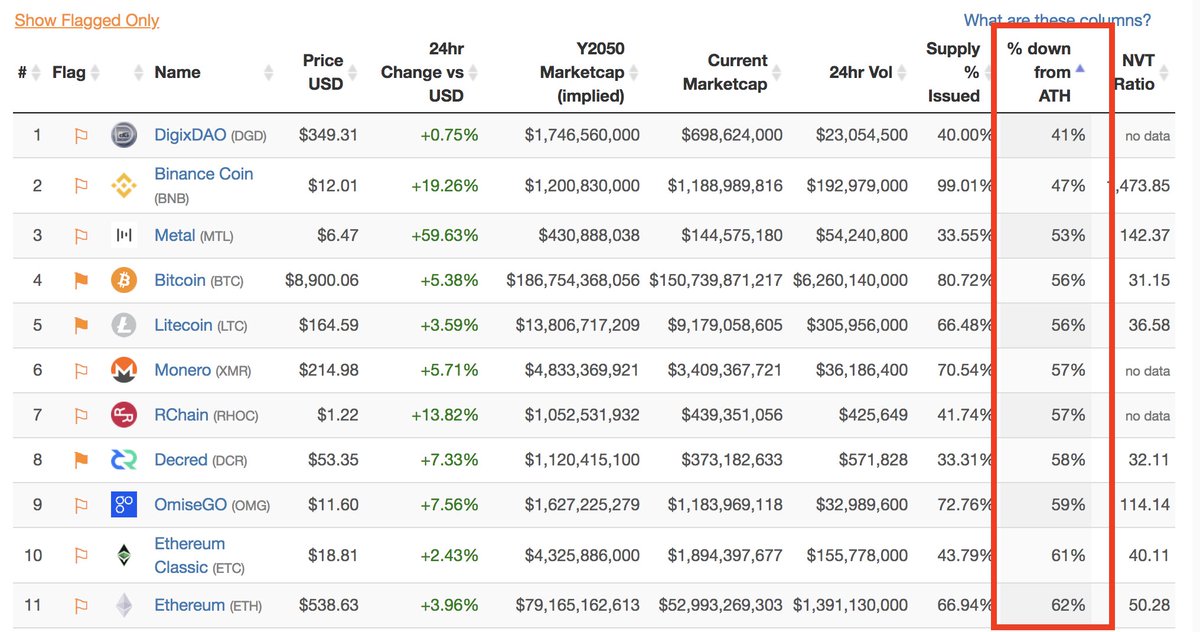The galaxy has an apparent magnitude of 9.59 & lies at a distance of 53.5 million light years from Earth NGC 4486
The Greek astronomer Ptolemy considered Coma Berenices to be an asterism in the constellation Leo, representing the tuft at the end of the lion’s tail.
The galaxy is a member of the Virgo Cluster. It has an apparent magnitude of 10.4 and lies at a distance of 55.7 million light years from Earth.
The Coma Pinwheel occupies an area of 5.4 by 4.7 arc minutes of apparent sky, which corresponds to a linear diameter of 85,000 light years.
In the north of the sky, in a region bounded by Ursa Major, Arcturus and the Bowl of Virgo, can be seen what looks like a large, faint star cluster. This is actually the constellation Coma Berenices, given permanent status in 1551 by Gerardus Mercator
Relating or pertaining to the order or to a member of the order Alcyonaria. Equivalent terms are halcyonoid and asteroidal.
n. One of the Alcyonaria (which see).
n.Also written halcyonarian.
en.wikipedia.org/wiki/Octocoral…

Sigma (uppercase Σ, lowercase σ, lowercase in word-final position ς; Greek: σίγμα) is the 18 letter of the Greek alphabet

































